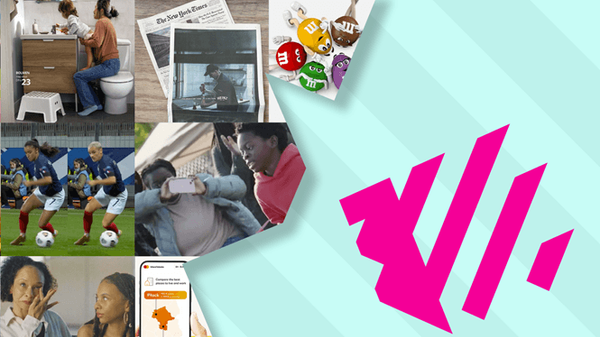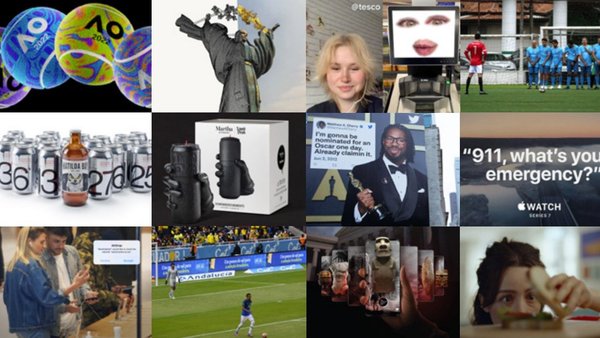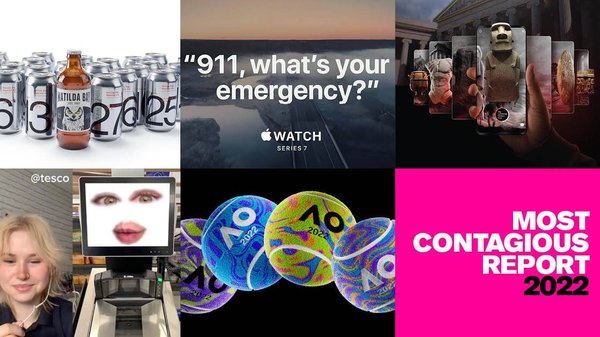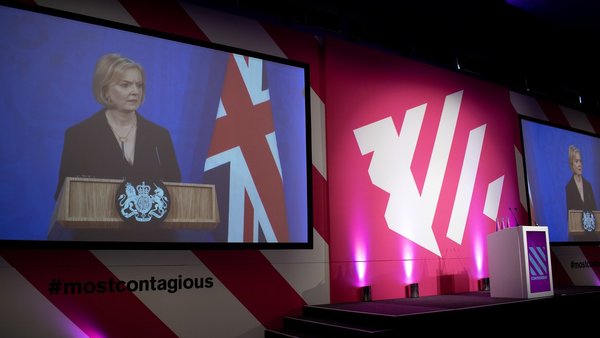Most Contagious Report
Does nudge theory have a future in marketing? /
After suffering from papers being debunked and theories discredited, the field of nudging has lost some of its shine. Can it still be a useful marketing tool, asks Contagious' online editor, James Swift?
James Swift
/
Things were looking up for nudge theorists. In December 2021, a meta-analysis paper was published in the Proceedings of the National Academy of Sciences (PNAS) journal in the US that seemed to put to bed any doubts about nudging’s potency. The paper had examined 212 different experiments and calculated their average effect size at 0.43. Effect sizes tell us how many people exposed to a nudge are likely to respond in the way that was intended, and in this context 0.43 is a hefty figure. Unfortunately, it turned out to be wide of the mark by about 0.43.
In July, a group of psychologists dubious of the PNAS paper’s results applied their own statistical analysis to the data and found that, once they corrected for academic journals’ bias for publishing studies with positive results, the nudges typically had zero effect on people’s behaviour.
Nudge theory is already on its uppers compared with the high place that it occupied in the early 2010s, when it was the favourite pet project of heads of state like Barack Obama. Some of the field’s foundational studies had failed to replicate in the lab and nudging had returned uneven results in the real world. For anyone who was already sceptical about the practice, the zero-effects paper was confirmation that nudging had been over-hyped and under-scrutinised.
But nudge theory isn’t discredited, it’s just complicated. The idea that you can influence people by changing how you present them with information and choices is sound, and it’s a vital part of marketing at a time when people interact with brands in a million different places beyond ads and shop shelves.
Rory Sutherland, Ogilvy
A lot of the scepticism towards nudging and behavioural economics more generally was born out of the so-called replication crisis. Around a decade ago, psychologists began repeating old experiments using more rigorous statistical analysis after a professor at Cornell University used traditional methods to ‘prove’ that people were psychic. Of the 100 studies that were repeated, only 36 came out with their findings intact.
Behavioural priming – a subset of nudge theory concerned with how subtle environmental cues influence people’s behaviour – fared especially badly. Several experiments were debunked, including the famous ‘Florida’ study, which claimed that people moved more slowly after they were exposed to words that reminded them of old age.
Rory Sutherland, vice chairman of Ogilvy UK and one of the advertising industry’s biggest proponents of nudging, was never convinced by the Florida study, he says, because he couldn’t understand why it was to anyone’s advantage to move more slowly after being exposed to cues about the elderly. But the methodological mistakes and false findings revealed by the replication crisis have not changed his mind about nudging or priming.
‘[The replication crisis] is not a refutation of behavioural science; it’s a refutation of certain experiments and false assumptions made by behavioural scientists,’ says Sutherland. ‘We don’t discount the whole of physics simply because some theories are proved to be wrong.’
Sutherland’s isn’t a crank opinion, either. There are many psychologists who accept that the replication crisis did their field a good service and are wary of any experiments that claim strong effects on large swathes of people but who still believe in the principle of priming.
‘I still have no doubts whatsoever that in real life, behaviour priming works, despite the fact that in the old days, we didn’t study it properly relative to current standards,’ Dutch professor Ap Dijksterhuis told science journal Nature in 2019.
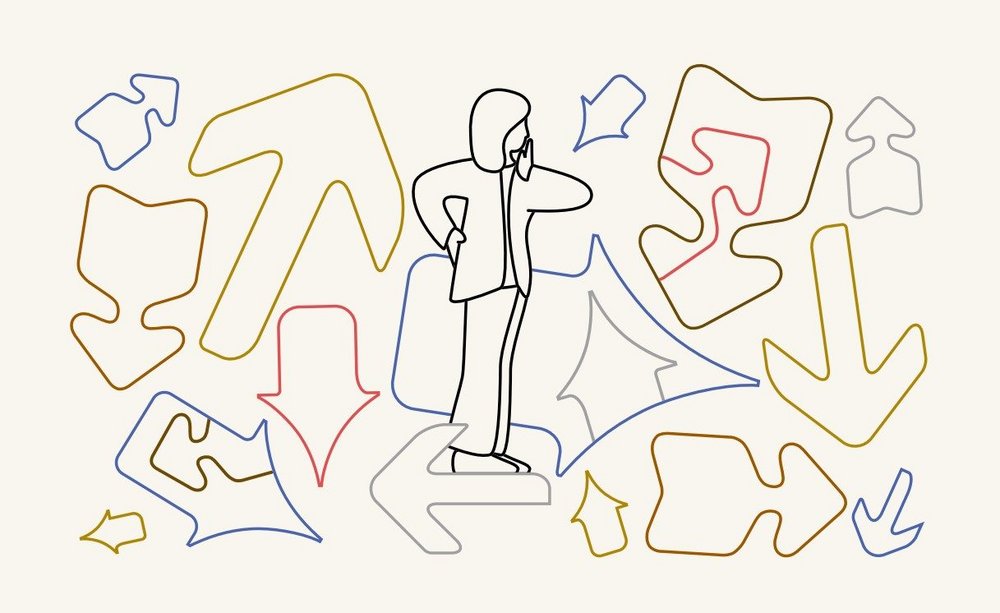
To return to the zero-effects paper, not even that was a clear-cut refutation of nudge theory. For one, its treatment of publication bias is open to question. Richard Shotton, founder of behavioural economics consultancy Astroten, says the findings are based upon an assumption of ‘severe bias’ that the authors admit is only ‘partially supported’ by the data. This is a crucial bit of detail that has been absent from the discussion about the paper, argues Shotton.
But even if you accept the finding, the average effect size figure masked a lot of the variation within the individual results. ‘All intervention categories and domains apart from “finance” show evidence for heterogeneity,’ wrote the authors, ‘which implies that some nudges might be effective, even when there is evidence against the mean effect.’
The point is that nudging – like all behavioural economics – is highly context and subject dependent.
‘In behavioural science there aren’t really rules, there are patterns,’ says Sutherland. ‘People do not obey absolutely fixed laws of behavioural science.’
Sutherland gives the example of the choice paradox, which states that people become paralysed when they are faced with too many options and fail to buy anything.
‘That is something which I can only describe as both true and not true,’ he says. ‘Someone who is in a hurry and needs to buy jam will probably be slightly put off by a choice of 86 different kinds of jam. But equally, if you’ve driven 25 miles with your family to visit a shop called World of Jam, you probably won’t go into the shop and say, “Oh, no, it’s just too much choice!” It depends on a whole variety of external contextual factors. But it is true under certain circumstances, and therefore it is worthy of consideration.’
Rory Sutherland, Ogilvy
Even if nudging was proved to be nonsense, says Sutherland, it would still be useful because it forces agencies to pay attention to parts of the customer experience that are otherwise ignored.
‘Ad agencies are a bit like pandas,’ explains Sutherland. ‘Part of the panda’s problem is it only really eats bamboo, which is why they tend to be a bit endangered. And advertising agencies only eat brand communication budgets.’
For the longest long time, agencies’ mono diet wasn’t a problem. ‘Markets have always been complex, interdependent, emergent systems,’ says Sutherland, but in a world of mass media and products picked from shop shelves, it was ‘wrong but nonetheless relatively safe’ to pretend that it was all about the brand – because it quite often was.
‘But there are so many other areas where you could fall at the last fence now,’ says Sutherland. ‘In the modern world there are multiple touchpoints with both brand-building opportunities and also brand-killing possibilities attached to them.’
In the pre-digital era most brands had the luxury (or constraint) of interacting with customers only through ads and retailers. Today they’re expected to meet their buyers in a variety of different media channels and touchpoints, and all of them count. A brand can do great advertising but will still lose customers if its janky website makes it painful to buy its products.
The great thing about nudging, says Sutherland, is that ‘it isn’t just neutral about the media, it’s also neutral about the scale at which it looks at a problem’.
‘Whenever there is a bottleneck or an element of friction,’ he explains, ‘then the place to intervene in the overall system is where the bottleneck lies.’
Electric cars like Tesla and the Mustang Mach 8 for instance have great brands, but a lot of people are still unwilling to buy into the category because of range anxiety, the fear that their battery will die when they are nowhere near a charging station. That’s a problem at the scale of the category that can’t be fixed with brand advertising. The solution could be category advertising, says Sutherland, or it could be to ‘make electric car charging points insanely visible by putting laser light shows on them, so that everybody thinks there’s really a lot of them around and most of them are unoccupied’.
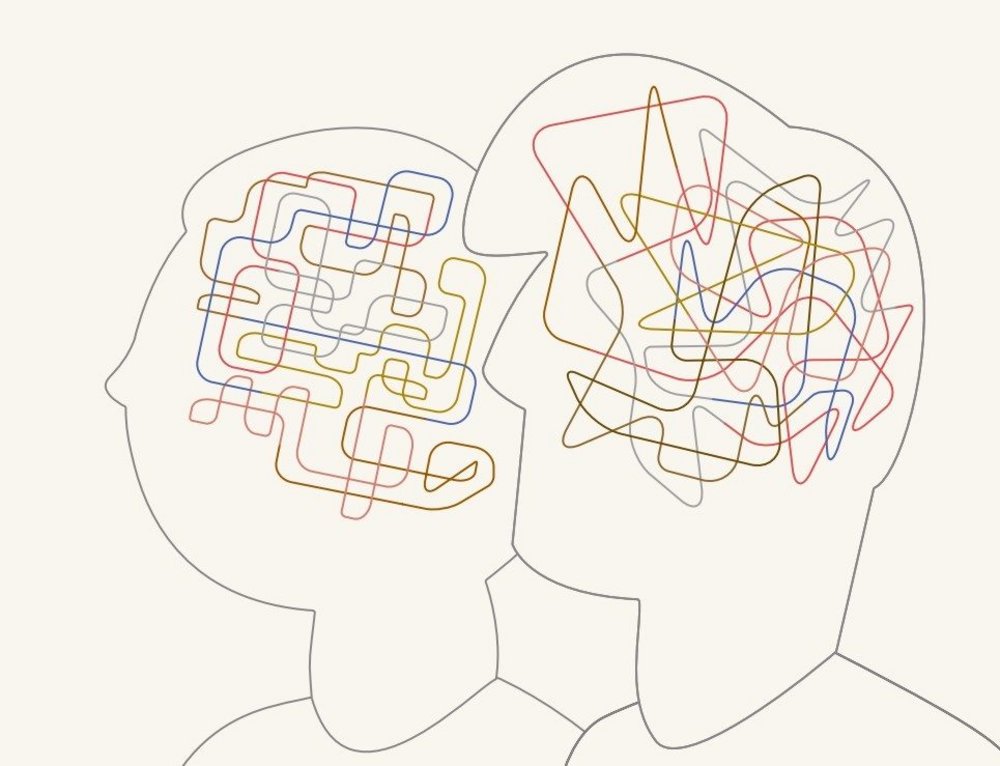
The other thing about the turmoil within behavioural economics is that a lot of it just isn’t that relevant to the ad industry. Critics have accused governments of using nudges to solve problems that require systemic reforms, effectively slapping cost-effective sticking plasters on great gaping wounds. They have a point, but it’s not brands’ concern. Similarly, scientists have to worry about things like effect sizes; marketers and agencies don’t. The only question they have to answer about a nudge is, ‘Are we better off doing it than not?’
‘What if [a nudge] gets one person to do something very profitable and then gets nine people to do something marginally less profitable?’ asks Sutherland. ‘Are you right in saying that this doesn’t work? It might work on the tenth try so well that you don’t have to worry about the effect on the other nine.’
Being ruthlessly practical about nudging gives marketers a lot of leeway, but it does also require a lot of testing. Not all of this testing has to be grand and laborious, though. While some of Ogilvy’s work involves big interventions, a lot of it is just optimising for the best response. ‘It’s a much more conservative, evolutionary way of looking at things,’ says Tara Austin, a consulting partner at Ogilvy’s behavioural science practice.
In one example, Ogilvy was looking for ways to promote au$2 large fries for KFC in Australia, and after testing nine different propositions (whittled down from a longlist of around 90), they settled on ‘max 4 per peeps’. This line introduced scarcity to the proposition by putting a limit on the number of fries customers could buy, and created an anchor (or norm) around buying four portions.
‘We put that winning proposition live in the market and did a radio test, and we saw in this district of South Australia something like a 56% increase in chip sales,’ says Austin. ‘It’s not something that anyone would have put on the table otherwise, but testing allowed us to do that.’
The more we learn about behavioural economics the more we realise how little of it is fixed in stone. For instance, the endowment effect – where people think the things they own are worth more than they are – was previously thought to be hardwired into the human brain. But in his 2020 book, The Weirdest People In The World, professor of evolutionary biology Joseph Henrich recounted an experiment that suggested this bias was in fact a product of cultural evolution and absent in societies that were never exposed to commercial markets.
Likewise, social proof is a well-established bias that dictates that if you want people to do something you should tell them how many other people already do it, and yet Wikipedia has consistently found that it receives more donations after publishing messages about how few people support the site.
None of this means that those nudges are useless or invalid, just that they are impossible to generalise and will always tend to do badly when framed within strict debates about whether they ‘work’ or not.
‘The best we can do,’ offers Sutherland, ‘is to say, “I can’t tell you that this will work, but I can tell you, it’s emphatically worth trying,” because it might work insanely well, given that it doesn’t cost very much to do.’
Get more insights and analysis into the biggest advertising trends of the year by downloading the 2022 Most Contagious Report for free /
The Most Contagious Report is packed with insights and analysis, including:
- In-depth strategy interviews with some of the brands and agencies behind the most innovative campaigns of the year
- Advice on marketing amid a recession
- The Contagious view on the trends that will shape the ad industry in the year ahead
- The Economist’s deputy editor on the big macro-economic trends to watch out for in 2023
- Summaries of academic research from 2022 that explain how advertising works and consumers behave
- Much more...
Download the Most Contagious 2022 Report /
Get more insights and analysis into the biggest advertising trends of the year by downloading the 2022 Most Contagious Report for free
